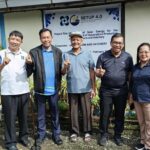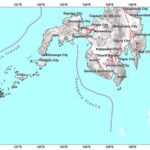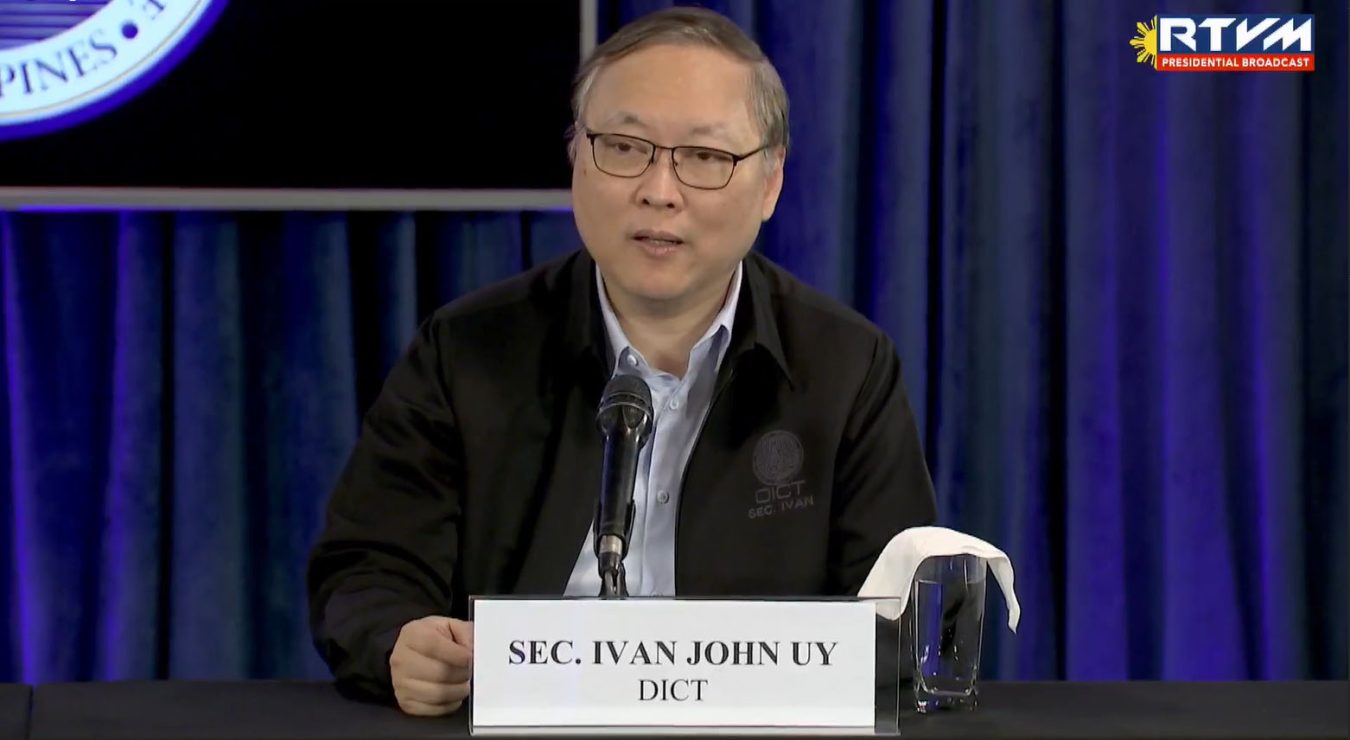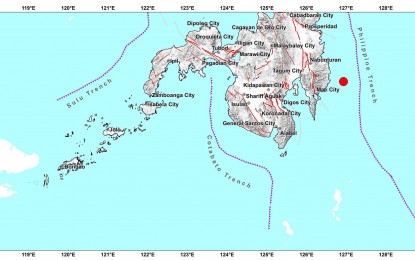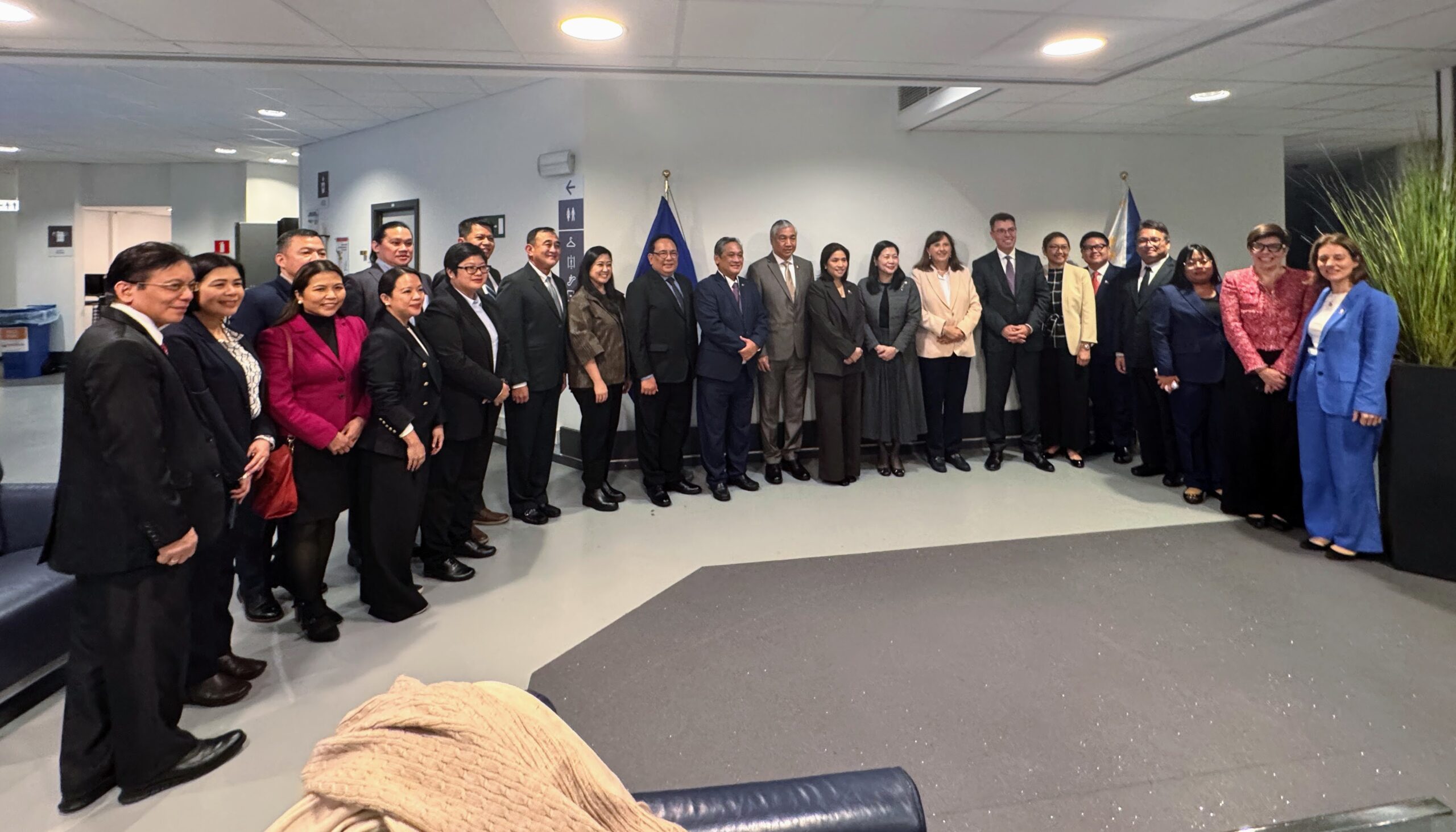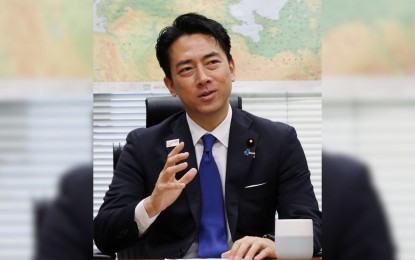The Department of Information and Communications Technology (DICT) targets to deploy national digital identifications (IDs) by the end of the year following President Ferdinand R. Marcos Jr.’s instruction to fast track its issuance after several delays.
In a press briefing in Malacañang on Wednesday, DICT Secretary Ivan Uy said that, like the rest of the public, the President has expressed his impatience because of the late issuance of the IDs.
Uy met President Marcos Jr. during a sectoral meeting on Tuesday where the DICT provided updates on the implementation of the digital Philippine ID and other directives from the President.
Uy said the President tasked the DICT a few months ago to figure out how to deploy a national ID without having to wait indefinitely for the plastic ID card, with the agency coming up with a plan to deploy a national digital ID that can be loaded on people’s respective mobile phones.
“So habang they’re taking their time to do the physical printed ID ay we will also deploy our digital ID dahil mas mabilis po ito. Ang objective po namin, sana may magandang Christmas gift ang ating mga kababayan na by end of the year eh ma-deploy natin significantly iyong digital ID,” Uy told reporters.
“Sa loob po ng ilang buwan, we will do our best to be able to deploy the digital ID system. Ang importante lang po dito is malinis po iyong data na ibibigay sa amin ng PSA (Philippine Statistics Authority).”
The DICT has to exert efforts to make sure that the PSA data are not corrupted or incomplete for the digital IDs’ quick deployment, Uy said, adding if they could secure a stable DICT-PSA linkup system with seamless data migration, the IDs can be deployed soon.
Since the PSA is the primary agency tasked under the law to do all the data capturing, the DICT has to access all the data that has been captured so they could be used on mobile platform.
The DICT chief said the PSA has so far captured about 80 million identities already stored in its database.
“So, for us to be able to convert it to a digital format, we needed access to that database so that we can deploy it on a digital platform. So, that was the discussion and that was what we reported to the President as to how we are going to adopt it on a digital platform so that it can eventually be used for all our online transactions,” he said.
The national digital ID has many uses. Uy said it could be used for the social amelioration package of the Department of Social Welfare and Development (DSWD), 4Ps, and for the Department of Transportation’s (DOTr) fuel subsidy program.
It will also be helpful particularly after the June launching of the eGov app, which is a one-stop-shop platform for different government services.
“So, i-include po namin doon iyong digital ID sa e-Gov app so that when you transact using your digital ID credentials on that single eGov app eh hindi na po kayo magsa-sign on pa sa ibang ahensiya ng gobyerno kasi nandoon na,” Uy explained.
“So, example: na-verify iyong credentials ninyo using your national ID/digital ID at okay na kayo, you can directly connect to your PhilHealth account at hindi na po tatanungin ng PhilHealth kung sino kayo dahil na-verify na iyong identity ninyo.”
In the same press briefing, Uy pointed out the need for additional funds to finance the DICT’s effort to track down scammers and cyber criminals.
Uy noted that scammers have become more adept to avoiding detection and arrest making it difficult for the government to track them down.
“We need all the resources possible and all the tools possible in order to go after them. Itong mga cyber criminals po are very well-funded, very well-organized and very highly technical. So dapat tapatan po natin ito ng kaukulang kakayahan sa gobyerno na makahabol sa kanila at nakatali po ang ating mga kamay kung wala po tayong proper tools in order to go after them,” Uy said. | PND
Photo Courtesy to DICT targets national digital ID release by year end, seeks add’l budget to go after cyber scammers – Presidential Communications Office (pco.gov.ph)



